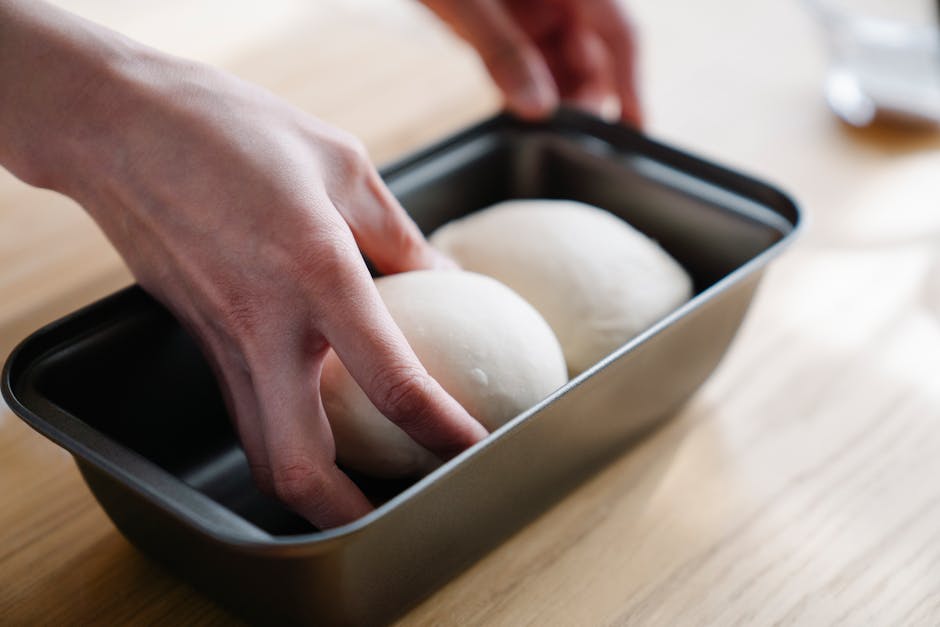Introduction
Baking, while rewarding, can be a delicate art. Even experienced bakers encounter hiccups along the way. Common baking mistakes can lead to flat cakes, tough cookies, or dry breads. This article will illuminate frequent errors and provide simple solutions to ensure baking success, transforming your kitchen creations from frustrating flops to delightful masterpieces.
Main Baking Mistakes and Their Solutions
Misreading and Not Following the Recipe
One of the most prevalent issues is not accurately reading or adhering to the recipe. Baking is a science, and precision matters.
- Problem: Skimming through the recipe without understanding the order of operations or specific instructions.
- Solution: Read the recipe thoroughly before you even gather your ingredients. Pay attention to details like room temperature, sifting instructions, and specific pan sizes. Double-check measurements and steps.
- Solution: For complex recipes, consider underlining key steps or making notes.
Incorrect Measuring of Ingredients
Accurate measurements are crucial for the chemical reactions that make baking work. Too much or too little of an ingredient can significantly impact the final product.
- Problem: Inaccurate measuring of dry and liquid ingredients.
- Solution: Use measuring cups and spoons specifically designed for baking. Use a kitchen scale for the most accurate measurements, especially for flour.
- Solution: Spoon flour into the measuring cup and level it off with a straight edge, rather than scooping directly from the bag (which packs the flour and leads to using too much).
- Solution: Use liquid measuring cups at eye level to ensure accurate readings.
Overmixing or Undermixing Batter
The amount of mixing affects gluten development, which impacts the texture of your baked goods.
- Problem: Overmixing leads to tough, dense baked goods due to excess gluten development. Undermixing results in unevenly distributed ingredients and a crumbly texture.
- Solution: Mix until just combined. Avoid prolonged mixing once the ingredients are incorporated. Look for visual cues like a smooth batter without lumps.
- Solution: For recipes that require creaming butter and sugar, ensure the butter is at room temperature for optimal incorporation.
Using Ingredients at the Wrong Temperature
Ingredient temperature significantly influences the texture and consistency of your baked goods.
- Problem: Using cold butter when softened butter is required, or using cold eggs when room temperature eggs are needed.
- Solution: Allow butter and eggs to come to room temperature before baking, unless the recipe specifically calls for cold ingredients. This helps them emulsify properly and create a light and airy texture.
- Solution: Submerge cold eggs in warm water for a few minutes to speed up the warming process.
Oven Temperature Inaccuracy
An inaccurate oven temperature can lead to uneven baking and poorly cooked results.
- Problem: An oven that is too hot can cause the outside to burn before the inside is cooked. An oven that is too cool can result in flat, dense baked goods.
- Solution: Use an oven thermometer to verify the accuracy of your oven’s temperature setting.
- Solution: Calibrate your oven if necessary (refer to your oven’s manual).
- Solution: Preheat the oven thoroughly before placing your baked goods inside.
Incorrect Baking Time
Baking time is not always an exact science, as ovens vary. Visual cues and simple tests are important.
- Problem: Underbaking or overbaking.
- Solution: Use the toothpick test: insert a toothpick into the center of the baked good. If it comes out clean or with a few moist crumbs, it’s done.
- Solution: Pay attention to visual cues like a golden-brown color and a set texture.
- Solution: Start checking for doneness a few minutes before the recipe’s recommended time, especially if you know your oven runs hot or cold.
Pan Preparation Mistakes
Proper pan preparation is essential for easy release and preventing sticking.
- Problem: Sticking to the pan.
- Solution: Grease and flour pans thoroughly, or use parchment paper.
- Solution: For cakes, use baking spray with flour, or line the bottom of the pan with parchment paper and grease the sides.
- Solution: For cookies, parchment paper is your best friend!
Conclusion
Baking is a journey of learning and refinement. By understanding these common mistakes and implementing the suggested solutions, you can significantly improve your baking skills and consistently create delicious and satisfying treats. Don’t be discouraged by occasional errors; view them as learning opportunities and continue to experiment and enjoy the process of baking! Happy baking!
